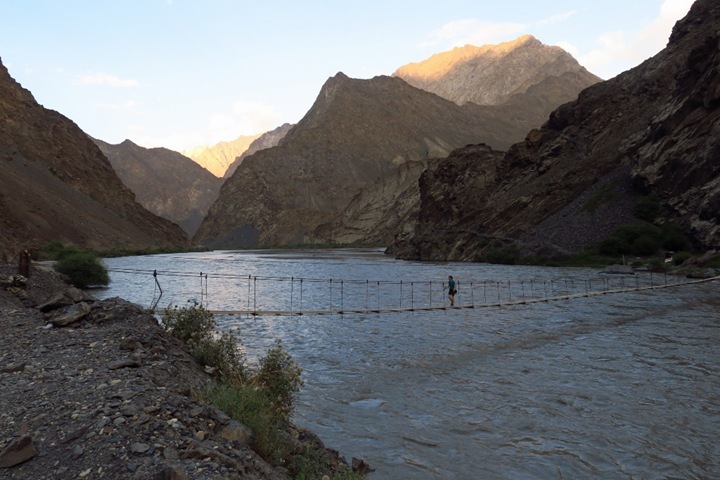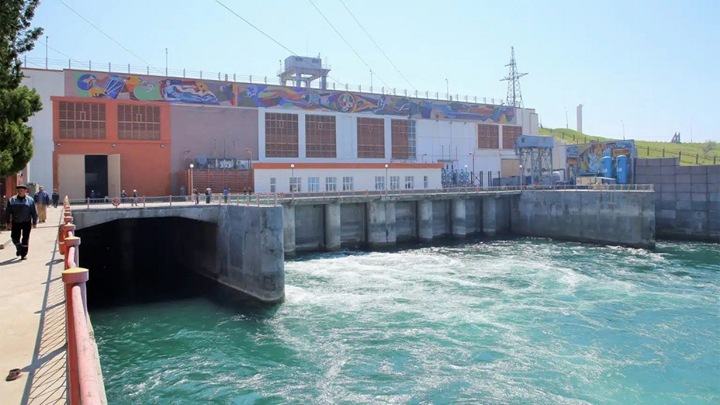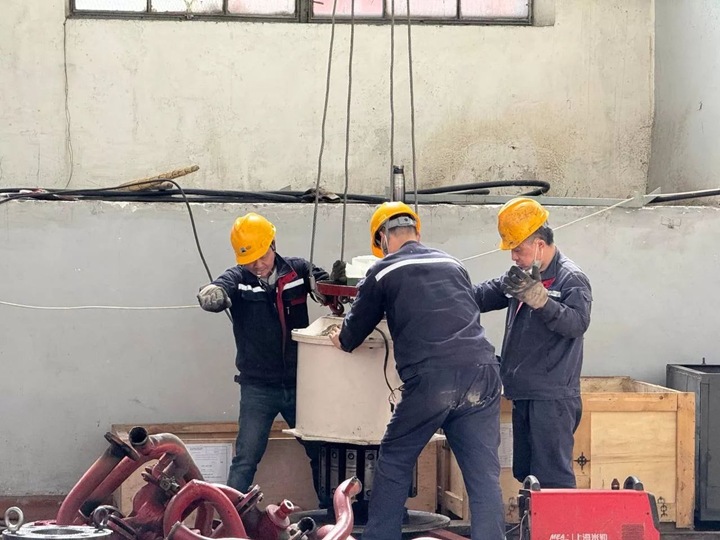Environmentalists urge development banks to save the rivers of Central Asia
The future of the key rivers and lakes of Central Asia is under threat and largely depends on the position of international development banks. This was announced today, March 14, on the World Day of Action for the Protection of Rivers, by the international environmental organizations Rivers Without Boundaries, International Rivers, Friends of the Earth US, Urgewald and CEE Bankwatch Network in their joint official appeal sent to the World Bank, the European Bank for Reconstruction and Development, the European Investment Bank, the Asian Development Bank, the Eurasian Development Bank, the Islamic Development Bank and the Asian Infrastructure Investment Bank.

In their appeal, environmental organizations emphasize that the rapid construction of dams during the implementation of water and energy projects in Central Asia with the support of international development banks threaten the fragmentation of the unique river basins of the region, the destruction of the most important natural habitats and human rights violations. Despite the existing measures for the protection of UNESCO World Natural Heritage Sites and other specially protected natural areas, an increase in international funding for the construction of large and small hydroelectric power plants can cause serious damage to the rivers of the region.
The map of key freshwater facilities in Central Asia, published this month by the Rivers Without Boundaries environmental coalition, clearly shows the most valuable and vulnerable rivers in the region. Environmentalists emphasize that if all the planned Dam construction projects are implemented, there will be practically no unfragmented natural river ecosystems in the vast river basins of Central Asia – even those that were not affected by the large-scale hydraulic engineering of the Soviet era.
“Often in Central Asia, the construction of dams and reservoirs is presented as an inevitable, kind of forced measure to conserve water resources and develop energy,” says Yevgeny Simonov, international coordinator of the Rivers Without Boundaries environmental coalition. “However, world experience tells us that such an approach is extremely inefficient from an economic point of view and often has the most devastating consequences from an environmental point of view.”,
“While the middle and lower reaches of the Amu Darya and Syr Darya rivers in Central Asia have already been seriously disrupted, which provoked the Aral Sea crisis, their mountain tributaries still have unique biodiversity,” says Andrei Ralev, biodiversity specialist at the CEE Bankwatch Network NGO. – Development banks should support their protection, and not finance projects destructive to nature for the construction of Dams.”
“Recent studies indicate enormous damage to coastal communities and ecosystems in the context of the climate crisis and the biodiversity crisis,” emphasizes Katarina Lu, senior manager of the environmental organization Friends of the Earth US. “Therefore, international development banks need to abandon blind support for the construction of Dams and consider options for decentralized energy with less impact on nature.”
Currently, according to estimates by environmentalists, there are already more than 300 large dams in Central Asia, and more than 200 are at the planning or construction stage, including with the financial participation of international development banks.


